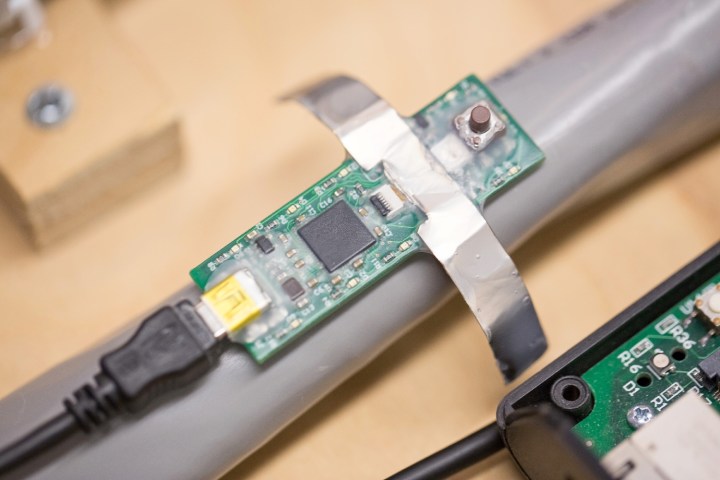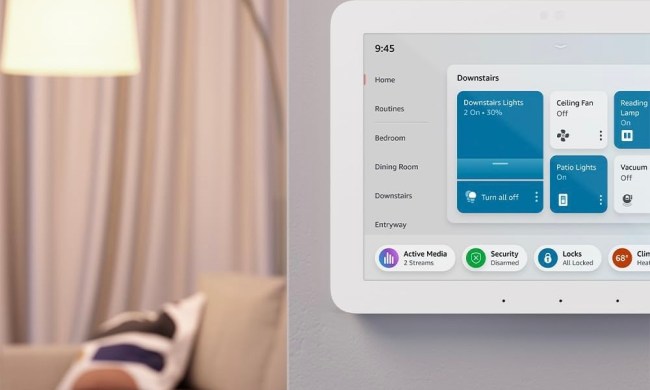
Well, thank your lucky stars for the Massachusetts Institute of Technology and Office of Naval Research, then, because researchers from both establishments have just designed such a portable, low-cost smart sensor.
The portable sensor system is comprised of five postage stamp-sized sensors, which can be placed over the incoming power lines in a house. The self-calibrating system is then able to rapidly sample data, pinpoint the strongest electrical signals, and figure out each appliance, light fixture and so on based on the amount of power that it uses.
It then channels the data to an app capable of telling users when, for instance, their refrigerator goes into a defrost cycle, or at what point their water heater switches off and on.
“There are already ways to monitor household energy use, but they involve hiring a licensed electrician or cutting through power lines or pipes to attach expensive specialized equipment,” MIT Professor of Electrical Engineering Steven Leeb said in a statement. “With our system, you can install non-contact sensors using zip ties or even velcro, and use signal processing to measure power consumption. It’s fast, easy and much less expensive. It also could serve as a way to tell when equipment needs maintenance or replacement.”
How cheap? The researchers think that, developed into a commercial product, such a system could cost $25 to $30 per home.
Of course, given the Office of Naval Research funding, it’s also got potential military applications. As one example, it could help save on fuel and power consumption in Navy vessels, thereby allowing them to sail further before needing to be refueled.
At present, the system is being sea-tested by the U.S. Coast Guard, to see how well it may fare in a real Naval environment.
After that, who knows? It could turn out to be a good gift for your thrifty dad for Christmas 2017.


